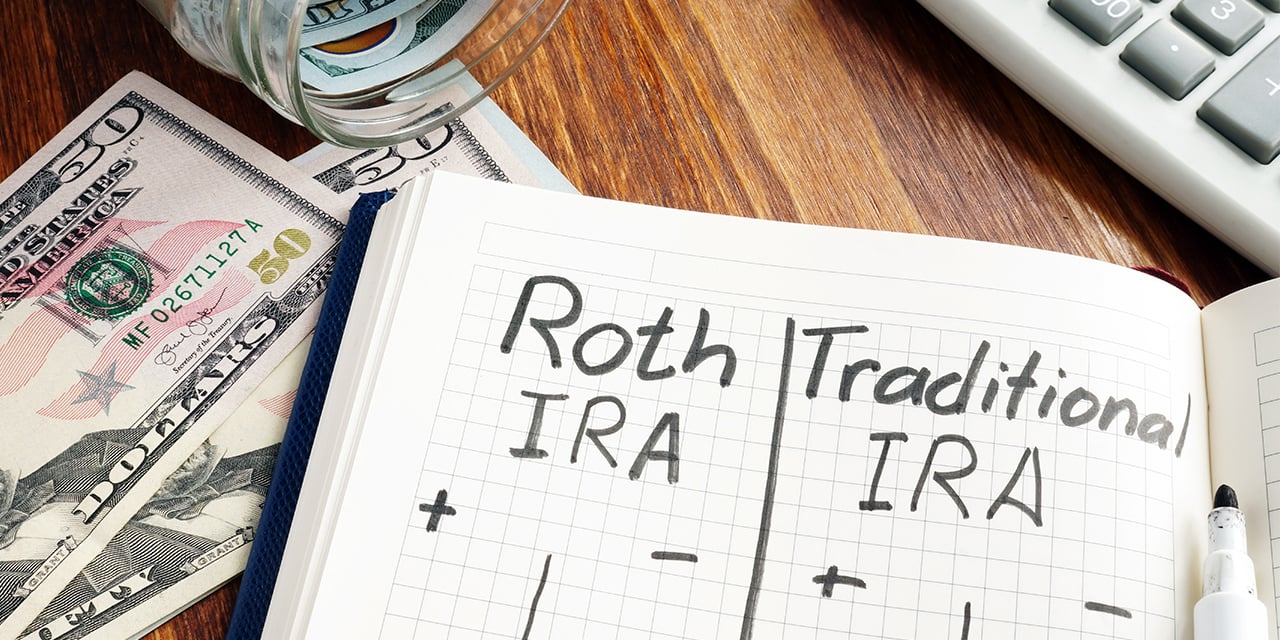
After You Max Out Your 401(k)
If there’s one message that people saving for retirement keep hearing, it’s that you can never save too much money for retirement. For many of us, that means maxing out our 401(k) – but what if you are able to contribute more than that?
In 2025, you are limited to contributing up to $23,500 to your 401(k), with an additional $7,500 available to contribute if you are 50 or older. And new in 2025, those who are aged 60-63 can make an extra annual contribution of $3,750 on top of that. However, if you have reached those limits and want to put away even more, you have options:
- A traditional IRA can make a good complement to a 401(k). If you’re under 50, you are eligible to contribute as much as $7,000 to your IRA, with an additional $1,000 available as a catch-up contribution the year you turn 50. The drawback is that if your income is over a certain amount and you participate in a 401(k), you lose some of the tax advantages of the IRA contribution. On the other hand, your options of where to invest that money are much broader in an IRA compared to a 401(k), giving you the potential of greater diversification in your retirement savings.
- A Roth IRA has the opposite tax structure of the traditional version: Money is contributed after-tax, but as long as it stays in your account for five years and you’re over 59 ½ when you begin withdrawals, the earnings on that money come out tax-free (and your contributions can always be withdrawn tax-free). The contribution limits are the same as for regular IRAs, although they begin to phase out as your income exceeds $150,000 if you’re single or $236,000 if you’re married. Another advantage over a traditional IRA: There are no required minimum distributions once you reach retirement age.
- Most people know they can sock away money in a Health Savings Account to help pay medical expenses, but did you know you can wait to withdraw from the account until retirement? Contributions to an HSA are fully tax-deductible, and the assets there can enjoy tax-free investment growth. Since you can maintain an HSA for the rest of your life, even after you stop working, HSAs can be a great supplement to a retirement savings plan. You must be enrolled in an HSA-eligible, high-deductible health plan to be able to contribute to an HSA, and they are subject to a contribution limit of $4,300 if you have single coverage, or $8,550 if you have family coverage. You can also make an additional catch-up contribution of $1,000 if you are age 55 or older.
- Or you can choose not to contribute to another retirement account at all, and open a simple brokerage account for additional savings. There are no immediate tax advantages to this strategy, but it removes any limits on when you can use the funds, as well as any limits on how much you are able to invest and draw down after retirement.
Saving for retirement is one of the most important things you will do during your working life, so it’s important to choose wisely here. If you would like to explore your options around expanding your retirement accounts, Baird is here to help.
The information offered is provided to you for informational purposes only. Robert W. Baird & Co. Incorporated is not a legal or tax services provider and you are strongly encouraged to seek the advice of the appropriate professional advisors before taking any action. The information reflected on this page are Baird expert opinions today and are subject to change. The information provided here has not taken into consideration the investment goals or needs of any specific investor and investors should not make any investment decisions based solely on this information. Past performance is not a guarantee of future results. All investments have some level of risk, and investors have different time horizons, goals and risk tolerances, so speak to your Baird Financial Advisor before taking action.


